REVOLUTIONIZING WASTEWATER TREATMENT
PROBIO MEDIA:
The ProBio Media (PBM) is a patented, high-porosity lightweight ceramic material with an exceptionally high surface area. Wastewater treatment plants require meticulous and extensive maintenance to ensure consistent results. What are the challenges faced by these plants?
- Sufficient Biological Treatment
- High OpEx from Maintenance & Handling Sludge
- Temp & pH Control
- Retention Time Issues
- Flow Rate Inconsistencies
- Projected Growth
Biological Treatment
Heterotrophic bacteria are the backbone of biological wastewater treatment and are required to break down contaminants and consume organic material. In most wastewater treatment plants, bacteria grow as sludge flocs which provide around 2,500 mg/L of bacteria as mixed liquor suspend solids (MLSS). Increasing this concentration of bacteria in the liquid phase would enhance biofiltration but also cause clogging, which frequently occurs when influent wastewater quality is high in organic material and nutrients.
ProBio Media is a ceramic high porosity granular filtration substrate with 2,300,000 m² per m³ of surface area; approximately 2,000 times greater than plastic fixed bed media available for biological wastewater treatment. The unique surface properties and exceptionally high surface area of ProBio Media produces up to 50 times more bacteria versus bulk water and sludge flocs, providing a 30- 40% increase in treatment capacity and prevents costly plant expansions. Additionally, the increased capacity reduces high energy and chemical costs necessary to operate larger plants. Further benefits include increased nitrogen removal, and decrease of sludge production since the bacteria are present as biofilm and not sludge flocs that settle out of the reaction tank.
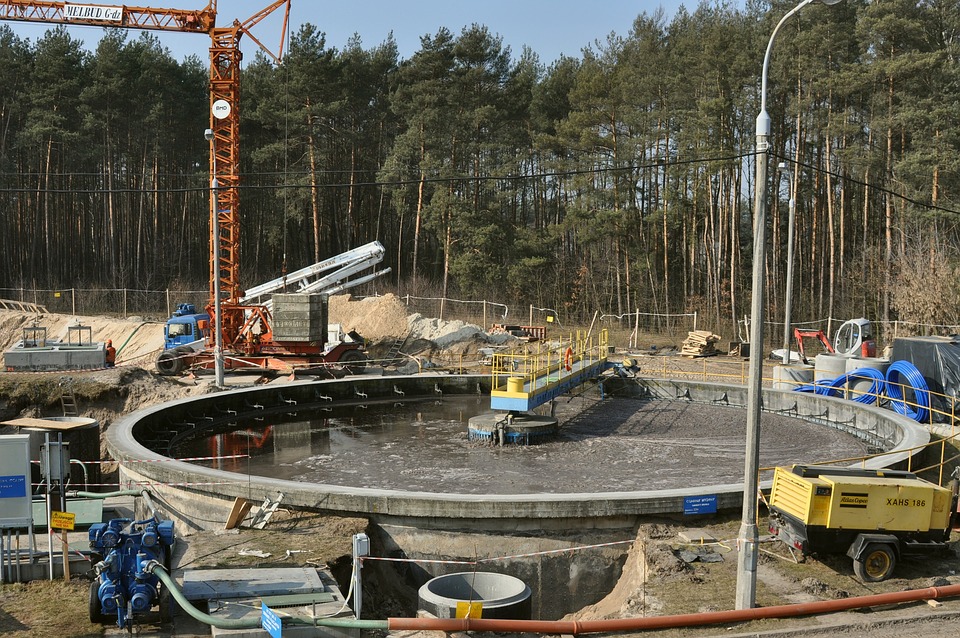
Maintenance - Handling Sludge
The removal and handling of sludge accounts for up to 50% of the total cost required to operate a wastewater treatment plant. There are two kinds of sludge generated in wastewater treatment plants. Primary sludge is the non-digestible (often mineral) portions of wastewater that are removed during settling and accounts for around 10% of the overall sludge fraction generated in wastewater treatment plants. Secondary sludge is the bacterial biomass that grew during the wastewater treatment process and is around 90% of the sludge fraction. While heterotrophic bacteria play a crucial role in wastewater treatment by breaking down dissolved organic matter in the water, they also contribute to sludge production when they are grown as flocs in the bulk water. This sludge is recycled for some time in order to provide the desired bacterial density but it also needs to be constantly removed to prevent clogging and other undesirable outcomes. For a 1 MLD sewage treatment plant, annual costs of sludge evacuation can reach nearly 30,000 USD/year
One of the most crucial elements to the success of ProBio Media is its ability to support highly active bacterial biofilms in millions of capillaries and immense surface area. The respiration rate of bacteria in biofilms is much higher than planktonic cells. When heterotrophic bacteria are associated with biofilm, the metabolic pathways favor respiration over growth. This means that more of the nutrients are broken down within the nooks and crannies of the ProBio Media while less bacterial flocs are formed in the bulk water that generate turbidity and secondary sludge.
Moreover, ProBio Media’s remarkable microbial activity is more complex than what is found in bulk water and flocs due to a gradient of redox conditions in the particle cross-section. This helps to remove nitrogen during the main aeration phase which would otherwise contribute to the volume and complexity of sludge. This combination of factors increases the efficiency of wastewater treatment plants, reduces chemical inputs, and facilitates the environmentally friendly release or reuse of treated water.
Fluctuations in Influent Water Quality & Flow Rate
Biological filtration systems are sensitive to water quality and flow rate fluctuations. Inconsistent water quality and flow disrupt microbial communities and their ability to break down pollutants, leading to increased sludge production and poor effluent quality. ProBio Media fixes highly active bacterial biofilms in place and provides a physical buffer to shear forces that would otherwise damage and slough away heterotrophic bacteria. Using ProBio Media increases wastewater treatment plant robustness to fluctuations in water quality and flow.
ProBio media’s unique ceramic material hosts millions of capillaries ranging in size from 50-100 microns in diameter providing:
- Rough surface that emulates nature, supporting rapid bacterial colonization and highly active biofilms
- Unique micro-topographic features that protect bacteria colonies from intense water flow, dilution and predation.
- Electrostatic attraction between the capillary surface and bacteria creates adhesion and enhanced adsorptive properties.
- Incredible 80% porosity allows water to pass through the media easily even during periods of extreme influxes of water flow
Temperature Control & Regulatory Compliance
Low water temperatures in wastewater treatment plants can slow down microbial activity in biofiltration systems. As temperatures decrease, the metabolic rates of bacteria decrease as well, affecting the overall efficiency of the treatment process. This can lead to a reduced capacity to remove contaminants, leading to incompliance with regulatory discharge standards.
ProBio Media’s extraordinary amount of surface area promotes an excessive amount of heterotrophic bacteria capable of maintaining water quality even during periods of low water temperature saving the waste water treatment plant from the high costs of plant downtime or penalties from regulators.
Eliminate Retention Time Issues
Treatment plants can become overwhelmed when confronted with excessive nutrients in the wastewater stream and their biological systems may be unable to handle the buildup in a short period of time.
ProBio Media’s exceptional amount of textured surface area promotes up to 50 times more heterotrophic bacteria than existing biofiltration products, thereby reducing the necessary retention times.
Easy Installation
Installation is critical to the feasibility of any plant upgrade. ProBio Media’s durable ceramic material and high porosity provide the following installation benefits:
- Stackable, modular design conforms to any physical plant design
- Light weight-no heavy equipment required for installation of product
- Only a relatively small volume of media is required to produce powerful results (as little as 2.5% overall tank volume)
- Adaptable to almost all applications- immersed, flow through, aerobic/anaerobic reactors, wide pH range, wide TSS range

Case Study: City of Union WWTP, Union, OH, USA - 1 MGD (3.8 MLD)
The existing aerobic contact chamber possessed a short hydraulic residence time and did not sufficiently reduce ammonia and other nitrogen compounds, thereby placing an increased burden on the finishing lagoon to polish residual ammonia.
The WWTP operators searched for a solution without resorting to increasing the size of the WWTP. Two options were tried- a plastic sheet based method (see picture) and ProBio Media. The plastic sheets required 30-50% of reactor volume, while ProBio Media used only 5% of the 127 m3 tank volume with 50 min contact time.
Over a three-month testing period, using ProBio Media resulted in 75% lower ammonia and 30% lower nitrate concentration compared to historical data. No additional aeration or process operation was used.
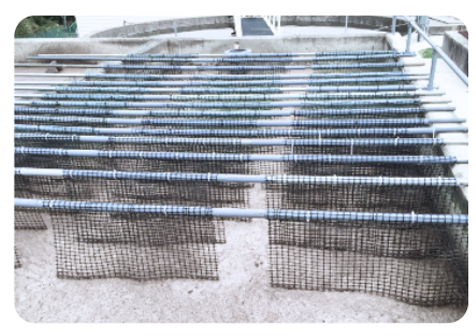
“Best practice control” – cumbersome application with minimal benefit
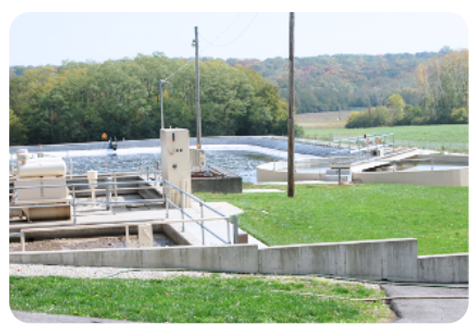
Image of the WWTP in Union City
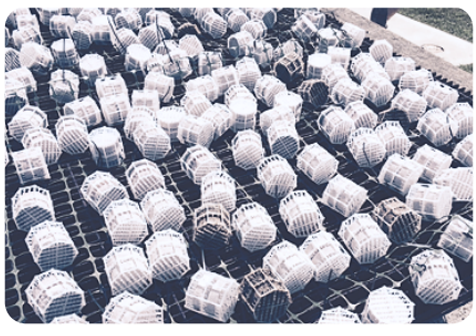
Simple application of ProBio Media using lightwieght plastic cages to contain the media
Case Study: On-site WWTP for Mobile Homes Park
Organics (BOD/TOC) are removed efficiently using ProBio Media in small on-site WWTP’s.
ProBio Media was added to the aerated tank of a mobile home park WWTP that had previously experienced difficulty in meeting regulations, especially with ammonia and nitrates. After years of reliable operation the ProBio Media demonstrated capacity to remove BOD from more than 300 mg/L to below 10 mg/L. Ammonia removal efficiency is 99-100% and nitrate removal efficiency is 86% to below 10 mg/L, suitable for even the most stringent release regulations in the world.
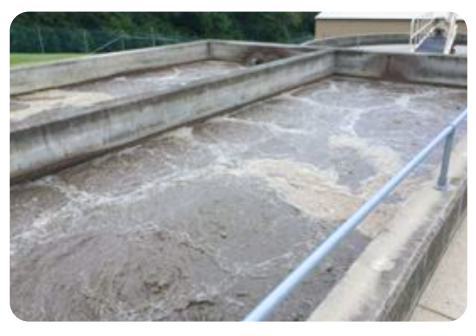
Case Study: Santa Fe Opera Denitrification Upgrade
A PBM unit was installed to reduce nitrates coming from an existing underground wastewater treatment system with flows of 75,000 LPD. The unit has operated successfully for over 2 years reducing the TN being discharged from 45 mg/L to no higher than 5 mg/L, with most monthly readings below 1 mg/L with a 30- minute contact time. This is equivalent to a daily removal rate of ~4 kg NO3/m3 media, much higher than other biofiltration media.
Addressing a Growing Global Challenge
359 B m3
of municipal wastewater generated
globally each year, equivalent to 144
million Olympic-sized swimming pools.
Environmental Challenges
80%
of wastewater worldwide is currently
released untreated.
$301.7 B
Market evaluation of Global Water and
Wastewater Treatment as of 2022.
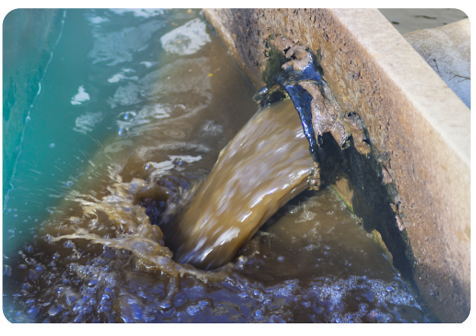
ProBio Media's Impact
ProBio Media leads the charge in sustainable water treatment, aligning seamlessly with industry trends and future needs. Powered by the innovative ProBio Media (PBM), the high-porosity ceramic material enhances treatment efficiency, supporting a shift to environmentally responsible and chemical-free solutions.
The ProBio Media solution’s adaptability and scalability are shaping the future of sustainable water treatment across various applications including wastewater
